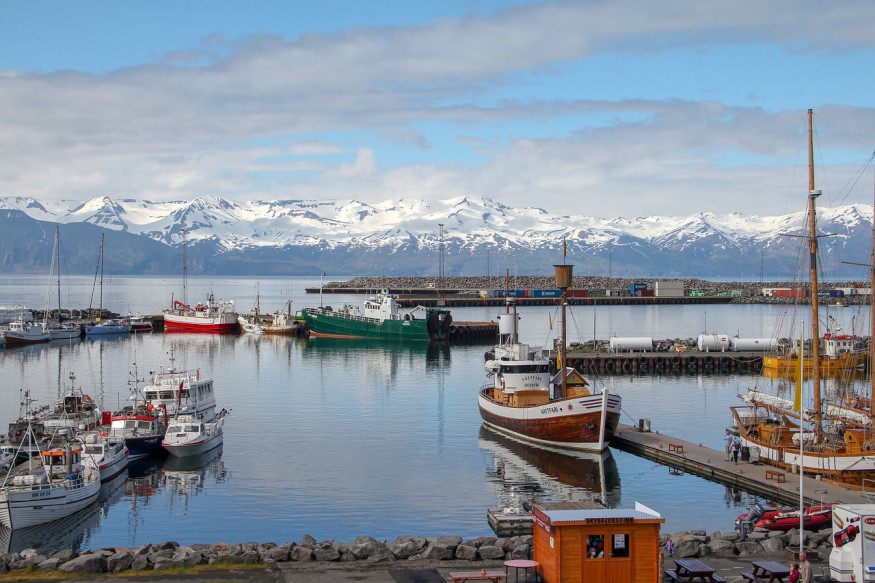Windship Technology announced its wind propulsion system project on ships expected to save fuel by up to 30 percent. It already has a test ship ready.
Windship Tech is a company advocating wind propulsion.

First Test Ship
According to Windship Technology, its test ship model can save fuel and carbon dioxide emissions by a minimum of 30 percent.
It issued a statement last Monday on the model's testing for crucial industry personnel and potential clients a previous month, held at the UK's University of Southampton.
Sail Propulsion Technology
The company uses WASPS, or the Windship Auxiliary Sail Propulsion System, which utilizes fixed-wing sail technology. This system involves the rig having three masts 35 to 45 meters high, depending on its size, installed on the vessel's deck. Each of them has a set of three-wing foils fitted with aerodynamic wings that utilize the wind's power.
This system reduces engine utilization and can achieve desired speeds. It thus maximizes savings on fuel and reduces emissions, saving at least thirty percent in emissions.
According to the company, if combined with other engine and ship operation optimization modifications, it can save up to 80 percent of emissions.
Windship'sWindship's Net Zero Solution
The Windship Technology company's solution involves a system using auxiliary power.
It is harnessing of the wind is also a significant opportunity in carbon trading. Furthermore, it already complies with the 80 percent reduction in carbon dioxide emissions required in 2050 by the International Maritime Organization as early as now. The expected growth of the shipping industry in the future is an essential consideration in setting this requirement.
READ NEXT : Google Commits to Carbon-Free Operations By 2030
Sails on ships
Fixed sail installations on ships, which can be rigid or flexible sails or turbo snails, take advantage of the wind to save some of the ship's required propulsion power. As with any system, it has its advantages and disadvantages. The type of vessel and its size and trade must be considered in outfitting the sail's right type and size.
Applicability and requirements
One of these systems' limitations in saving power is the wind condition during ship travel and operation.
The applicability of such a system on different ships must be considered. For one, the vessel must have enough space; this makes it incompatible with container ships.
The application does not consider the age of the vessel when it comes to fixed wings and sails. Stability is also not an issue, regardless of the additional height, force, and weight of the sails to be installed.
The savings potential depends on the size of the vessel, operation profile, segment, and trading area.
Contributing to the improvement of the shipping industry
International trade would be terribly incapacitated without shipping. It is its lifeblood, as roughly 95 percent of all global trade in goods is transported via water because sea transportation is efficient, safe, and inexpensive.
The boom in world trade also significantly reduced worldwide poverty, improving the lives of hundreds of millions in several countries all over the globe.
Windship Technology, through its new wind propulsion system, is an essential pioneer in improving the shipping industry's capacity to alleviate global warming by providing a novel solution for ships' drive and hull systems.
Check out more news and information on Carbon Emissions on Nature World News.
© 2025 NatureWorldNews.com All rights reserved. Do not reproduce without permission.





